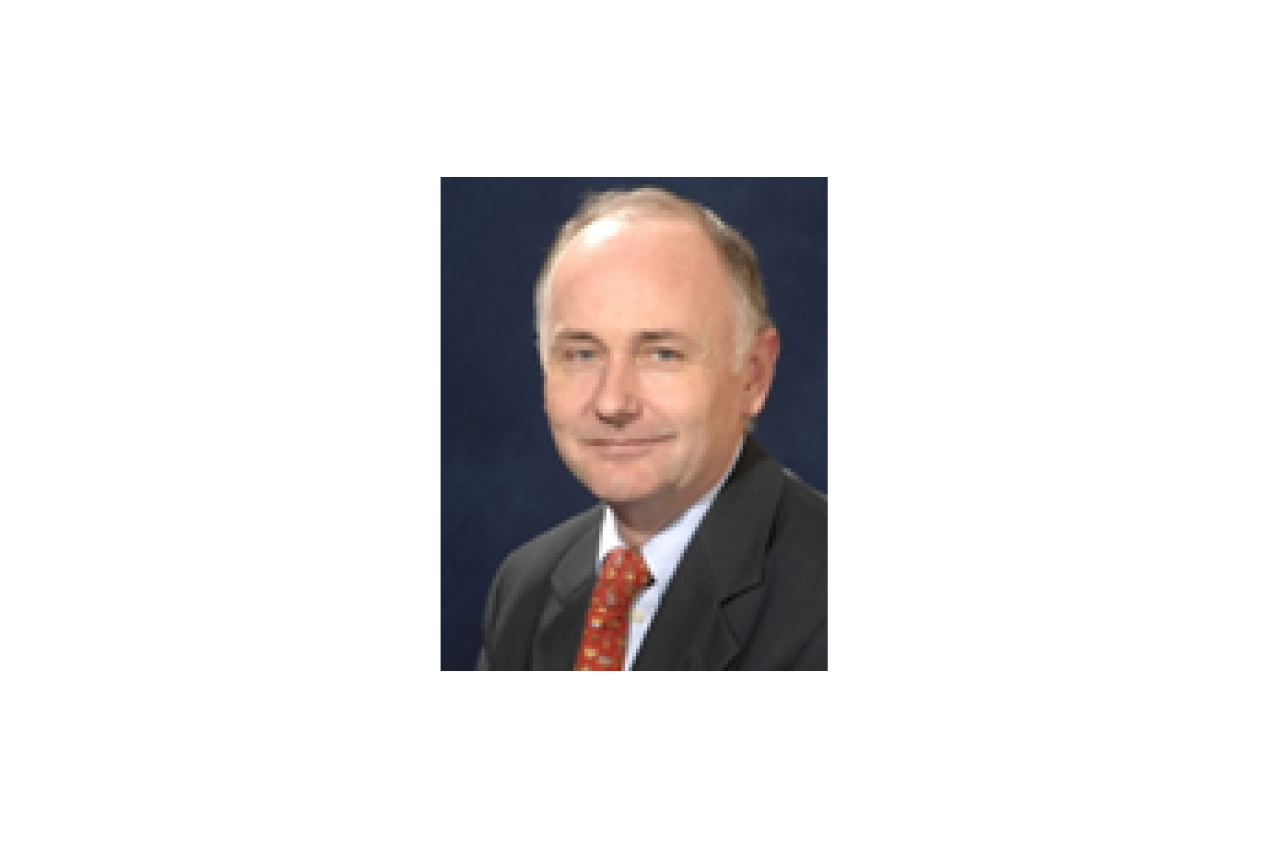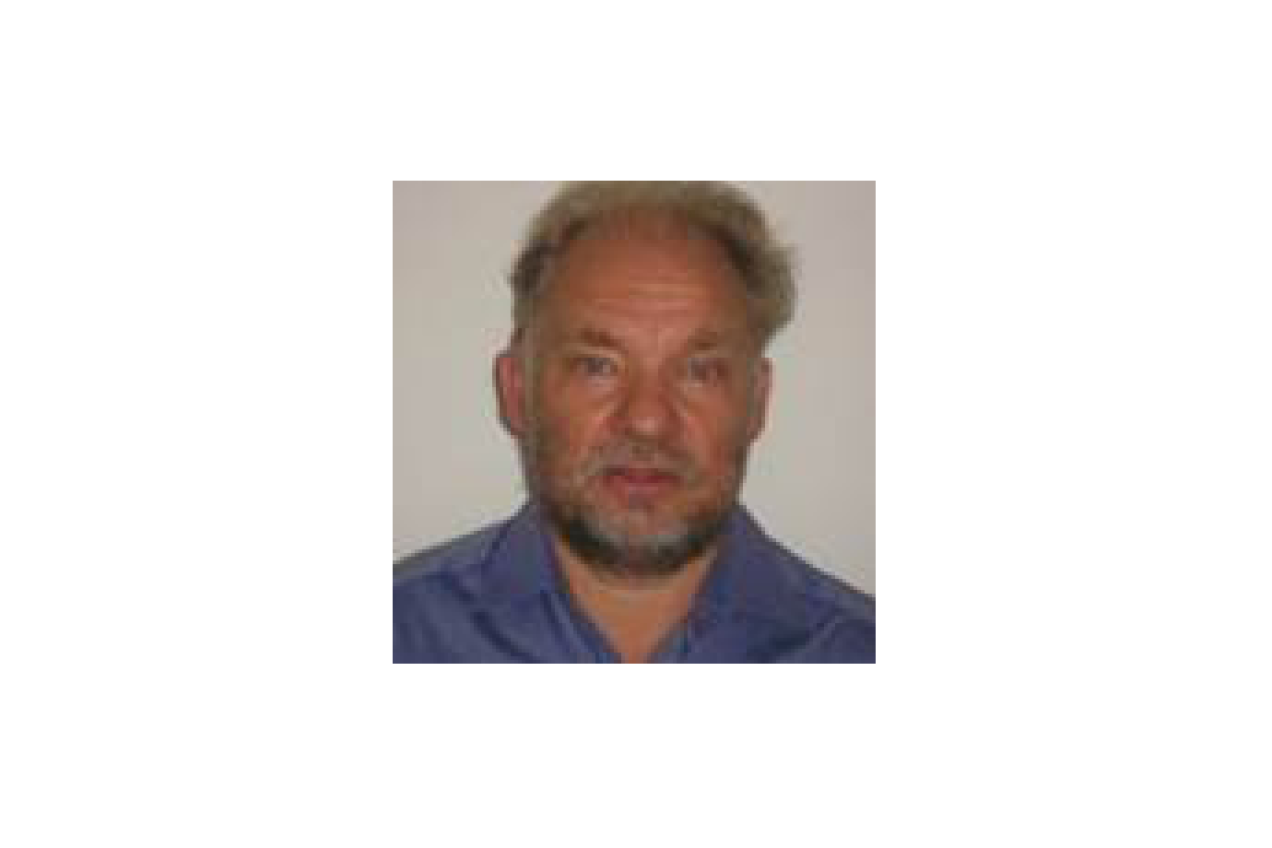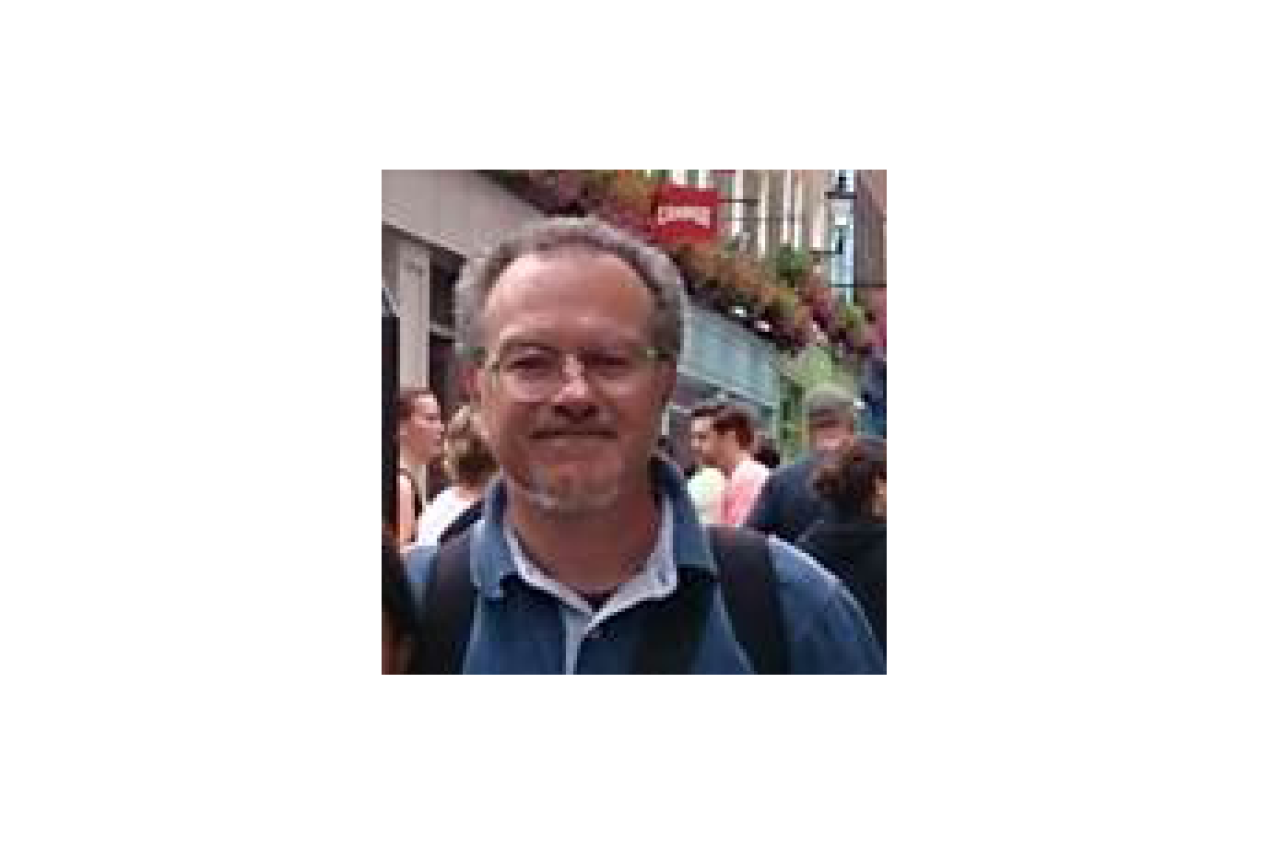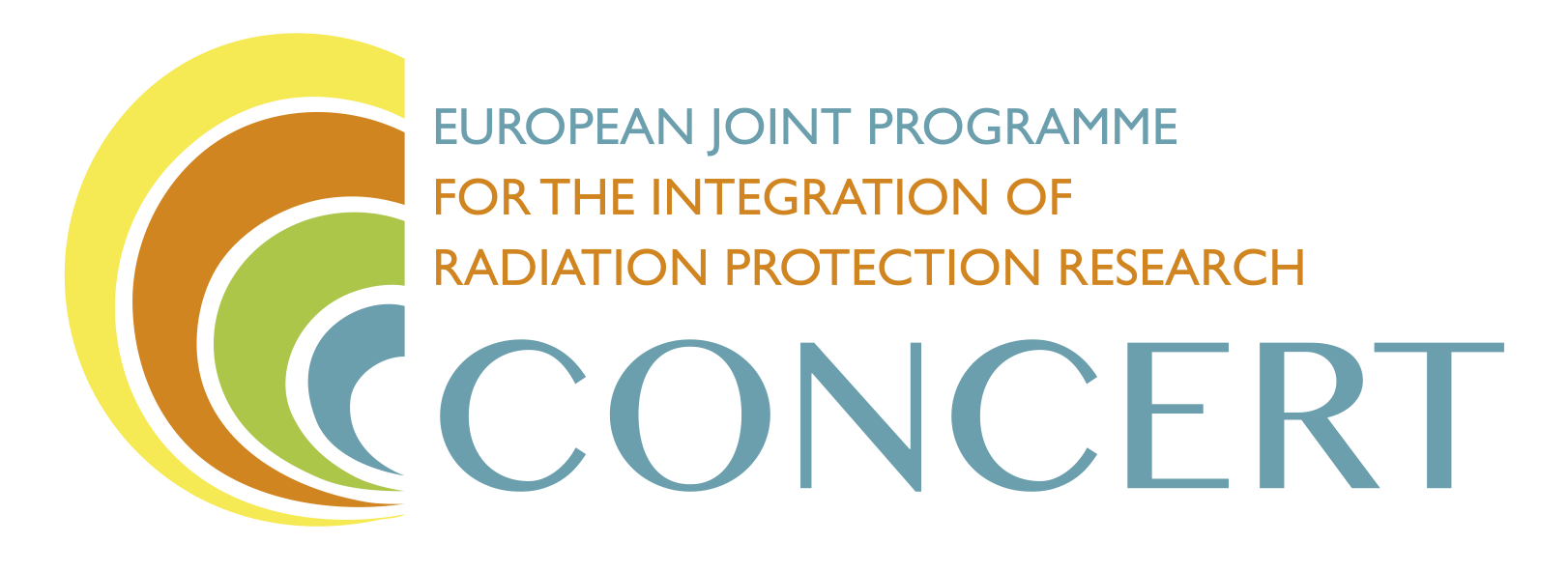Stakeholder involvement
Lead: Simon Bouffler, Public Health England, UK
Objectives – what are we trying to achieve?
It has become increasingly important for scientific research projects and programmes to engage with societal and wider pubic stakeholders. Such engagement can help ensure that public concerns are considered when formulating research calls and can help inform and educate. The existing European radiation protection research platforms have carried out stakeholder engagement work as have many individual partner organisations and projects such as OPERRA. WP5 has the following objectives
- To establish mechanisms for public and societal stakeholders to have a say in developing research priorities.
- To establish routes to inform and educate public and societal stakeholders on the scientific basis of radiation protection, and the judgements made within the system of protection.
- To provide consistent and clear information on implementation of radiation protection standards in Europe with a view to encouraging consistent approaches among nations.
Key people – who is involved?
-

Simon Bouffler,
UK, WP5 Leader -

François Rollinger,
Task 5.2 Leader -

Mauro Grigioni,
Task 5.3 Leader
Description of work – what are we doing?
A number of inter-related tasks will be carried out to reach the objectives as set out above. In many cases coordination with other work packages will be important, notably WP3 (Task 3.2) with respect to proposed survey activities, prior work of other projects and partner institutes will be drawn on where possible.
-
CONCERT will draft and publish on its website a document that sets out its approach to engagement with societal and public stakeholders. This document will set out the rationale for engagement and the anticipated benefits as well as the routes for engagement that will be developed. Stakeholder activities within CONCERT will have oversight from representatives of the European platforms. It is expected that the strategy will build on and modify the OPERRA strategy bringing a more public facing focus.
The CONCERT Strategy for public and societal stakeholder engagement is available here.
-
CONCERT will establish a stakeholder panel or possibly a number of panels, drawing on a wide range of groups including those working with ionising radiation and those affected by actual and potential exposures. A co-chair will be appointed who is anticipated to be someone familiar with radiation protection issues and its underpinning science but not actively working in this area. In consultation with the appointed Task leader and co-chair, membership will be solicited. The following groups are expected to be represented: (i) nuclear site stakeholders (ii) medical patient groups, covering for example radiotherapy and diagnostically exposed groups (iii) nuclear worker groups (iv) hospital radiographer groups (v) medical practitioner groups (vi) industrial radiographer groups (vii) those living in radon affected areas (viii) those involved in site remediation (ix) NORM representatives (x) those involved in emergency planning and (xi) in nuclear waste disposal. Membership is expected to total 10 to 15 but others may be co-opted or invited if required, representation will seek to provide balance between EU nations and co-ordinate existing activities in partner institutes. Representatives of the four research platforms will participate in this group. An annual meeting of the stakeholder group will be held following the appointments of members by the CONCERT MB, terms of reference will be agreed by the group and CONCERT.
The main aims of establishing the group will be to
- Ensure a route for stakeholder opinion to be heard within CONCERT.
- To provide stakeholder input to identifying areas of concern where further information or research could be beneficial.
-
The earlier OPERRA project was successful in implementing an e-survey of stakeholder opinion that was very much aimed at a well-informed scientific audience but also included non-scientists. In this task a more public facing e-survey will be developed, ensuring coordination with survey activities proposed in WP3. The survey will aim to gauge the perception of radiation risk amongst a wide range of people who are not radiation specialists, their opinion on information that would be helpful to a general audience to understand radiation risk and their opinion on areas requiring further research to improve the available evidence base. Following establishment of the stakeholder group and building of web resources, we will consider exploiting social media and related tools such as Twitter, LinkedIn and Facebook to provide alternative communication channels to provide information to a wide audience of stakeholders. Monitoring of use and impact will inform decisions on future development of social media and web based communication channels.
-
A major tool for dissemination of the progress and the results achieved from CONCERT activities will be the project website. In close cooperation with Task 1.8, responsible for website development and maintenance, Task 5.4 will work on the content of the website. It is widely acknowledged that websites are an essential tool for collating and making available information to a very wide audience. This task will aim to build website resources for CONCERT by drafting and posting information for a general audience and a specialist audience. The general information will aim to become a trusted source of reliable, balanced and evidence based information on radiation risk and approaches to radiation protection. Topics covered will over time be informed by stakeholder feedback from the group (Task 5.2) and survey (Task 5.3). It is likely that material from existing web resources of partners and others will be utilised where relevant. The website will provide a common platform linking the websites of the various associations and aiming at continued availability of the resource and information beyond the CONCERT project. Specialist information will be developed drawing on work elsewhere (particularly WPs 2 and 3), the focus of the specialist resource will be providing robust information to aid implementation of radiation protection standards across European nations.
Related activities of interest:
- Eagle project - http://eagle.sckcen.be/
- Platenso project - http://platensoproject.eu/
- NERIS activities - http://www.eu-neris.net/index.php/activities/workshops.html
For information on radiation risk and radiation protection see:
Specialist International organisations:
- The United Nations Scientific Committee on the Effects of Atomic Radiation (UNSCEAR) - www.unscear.org
- The International Commission on Radiological Protection (ICRP) – www.icrp.org
- World Health Organisation (WHO) - http://www.who.int/ionizing_radiation/en/
General information:
- NHS Choices (UK) - http://www.nhs.uk/conditions/Radiation/Pages/Introduction.aspx
- Public Health England information (UK) - https://www.gov.uk/topic/health-protection/radiation
- Radiation Answers (USA) - http://www.radiationanswers.org/radiation-introduction/types-of-radiation/ionizing-radiation.html
